
A. If you belong to Generation X (roughly between age 35 and 55), please consider taking the following 5 actions to manage your personal finance, it's still not too late.
1. Prepare 3-6 months' emergency fund.
The rainy day fund is not just for the occasion you lose your job, it could also be used towards some unexpected big expenditures. For dual-income earners families, 3-month fund maybe enough, for single person, you better have 6-month fund ready.
Where to put the emergency fund? A previous blog has discussed this topic.
2. Pay off high interest rate debt.
By now hopefully you have paid off your student loans, now it's time to deal with those credit card or car loan debts, if you have any.
A typical question is: should I save money for emergency fund first or pay off high interest rate debt first?
The answer is, save emergency fund first, because if you lose your job, no one, except your own family, will help you go through this tough period of your life, you really need the fund.
3. Maximize your retirement saving accounts.
This of course starts with your company-matching 401(k) or 403(b) account, because you should get the free company matching money first.
If you still have money left each month, and if you qualify (AGI lower than $180K in 2013 for joint-filing families), contribute to your Roth IRA account (maximum annual contribution $5,500 in 2013) or traditional IRA. Should you open traditional IRA or Roth IRA account? It depends on your future tax rate, if you expect higher future tax rate, contribute to Roth which you pay tax now and don't have to pay any tax later.
4. Save for your kids' college funds.
Should you save for your kids' education fund first or save for your retirement fund first?
This is really a no-brainer. You need to take care of yourself first before taking care of your kids, because your child can apply for financial aid to go to college, there is nobody there to lend money to you for your retirement life!
5. Get a Term insurance.
If you don't have Term insurance yet, get one today!
But there is no need to buy those expensive permanent life insurance products, because your goal is to get insurance for your family if anything happens to you, this is not time to mix insurance with investment, because your action 3 above should have already addressed the investment part.
Term insurance is really a commodity nowadays, we can guarantee you for the lowest cost Term insurance. So if you need one, please contact us today.


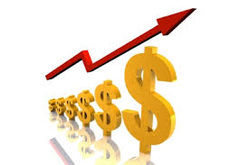

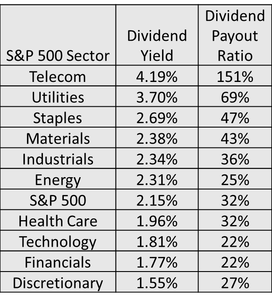



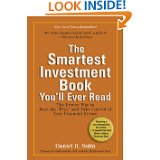
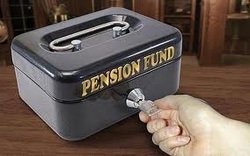
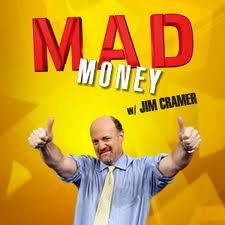




 RSS Feed
RSS Feed
